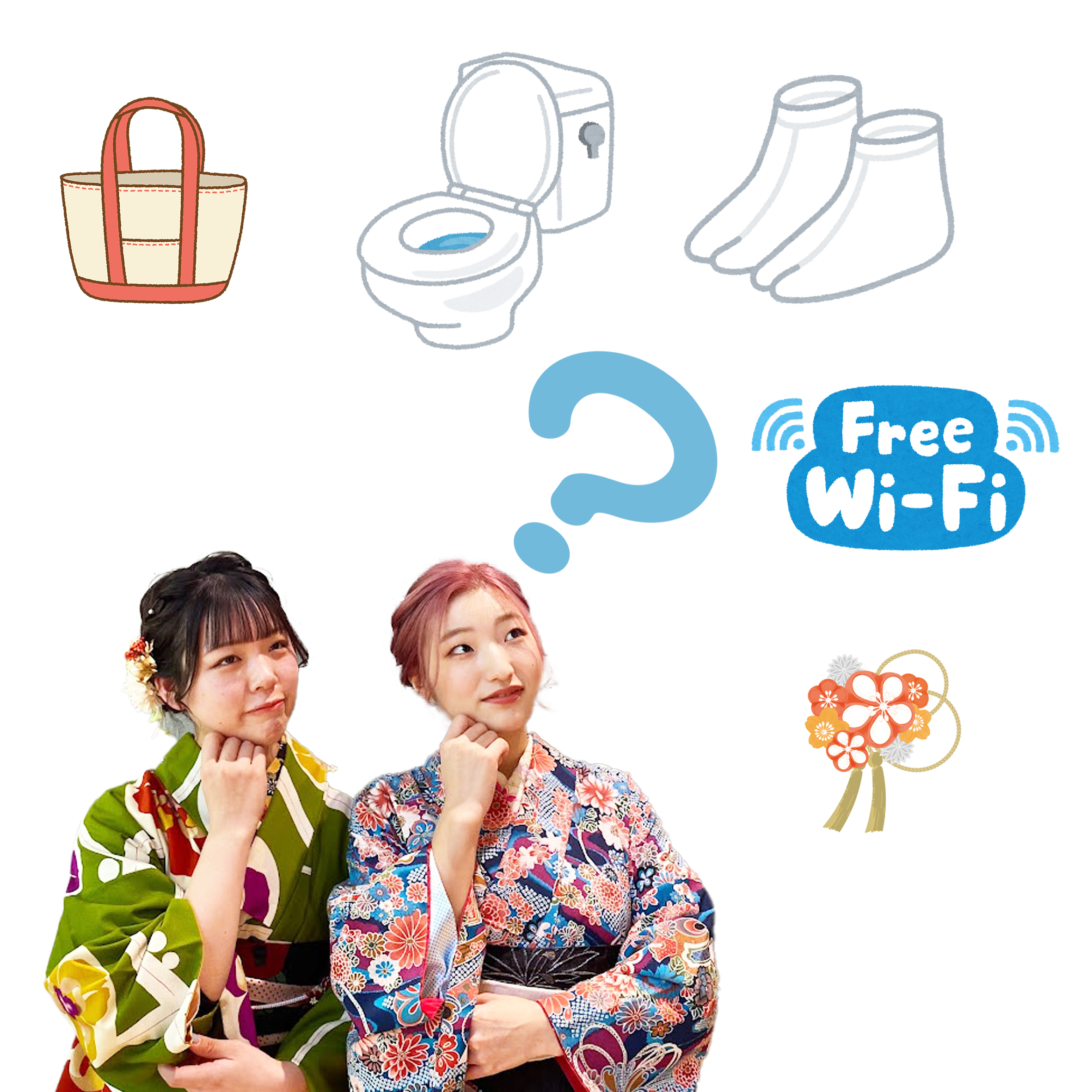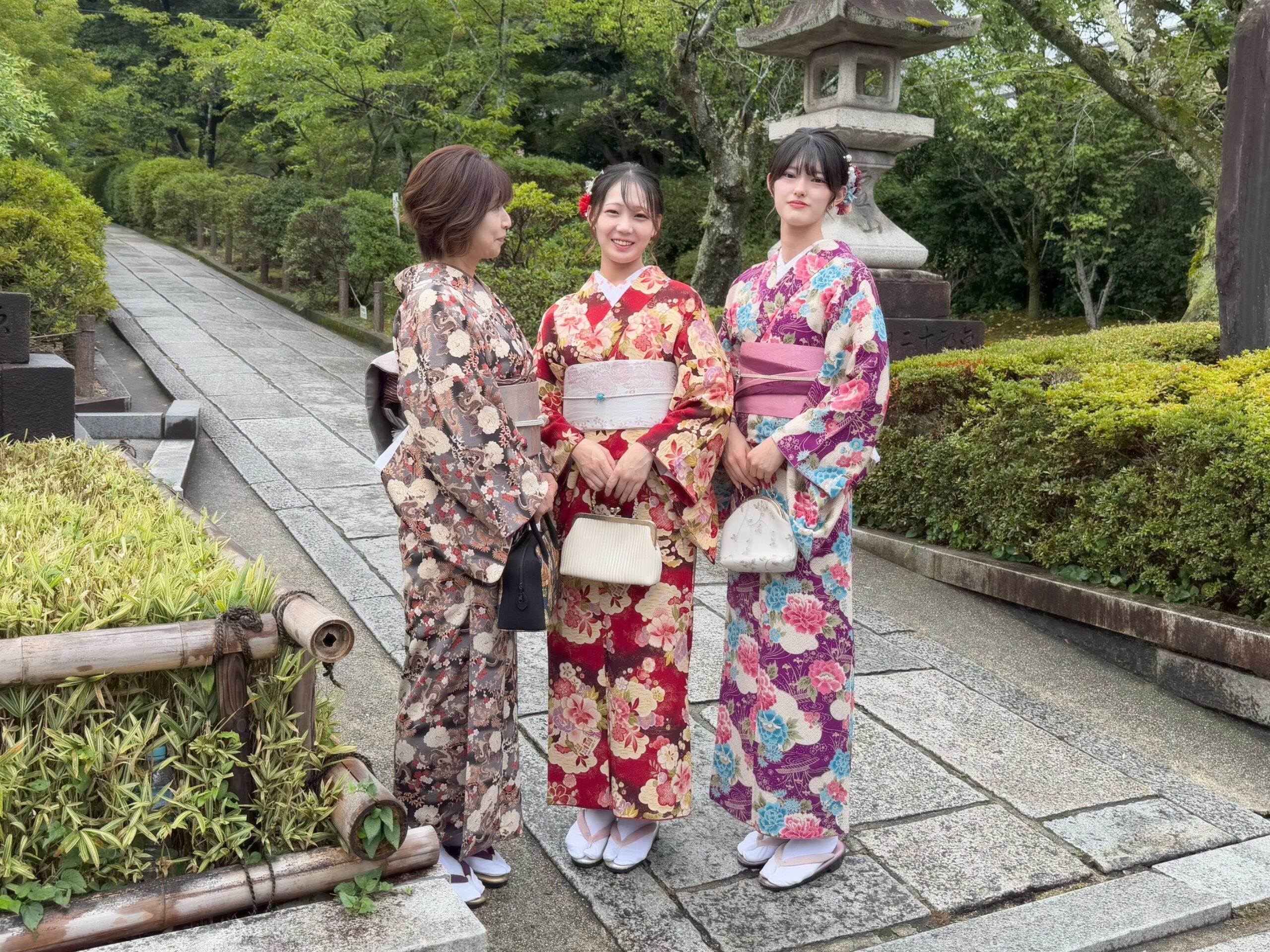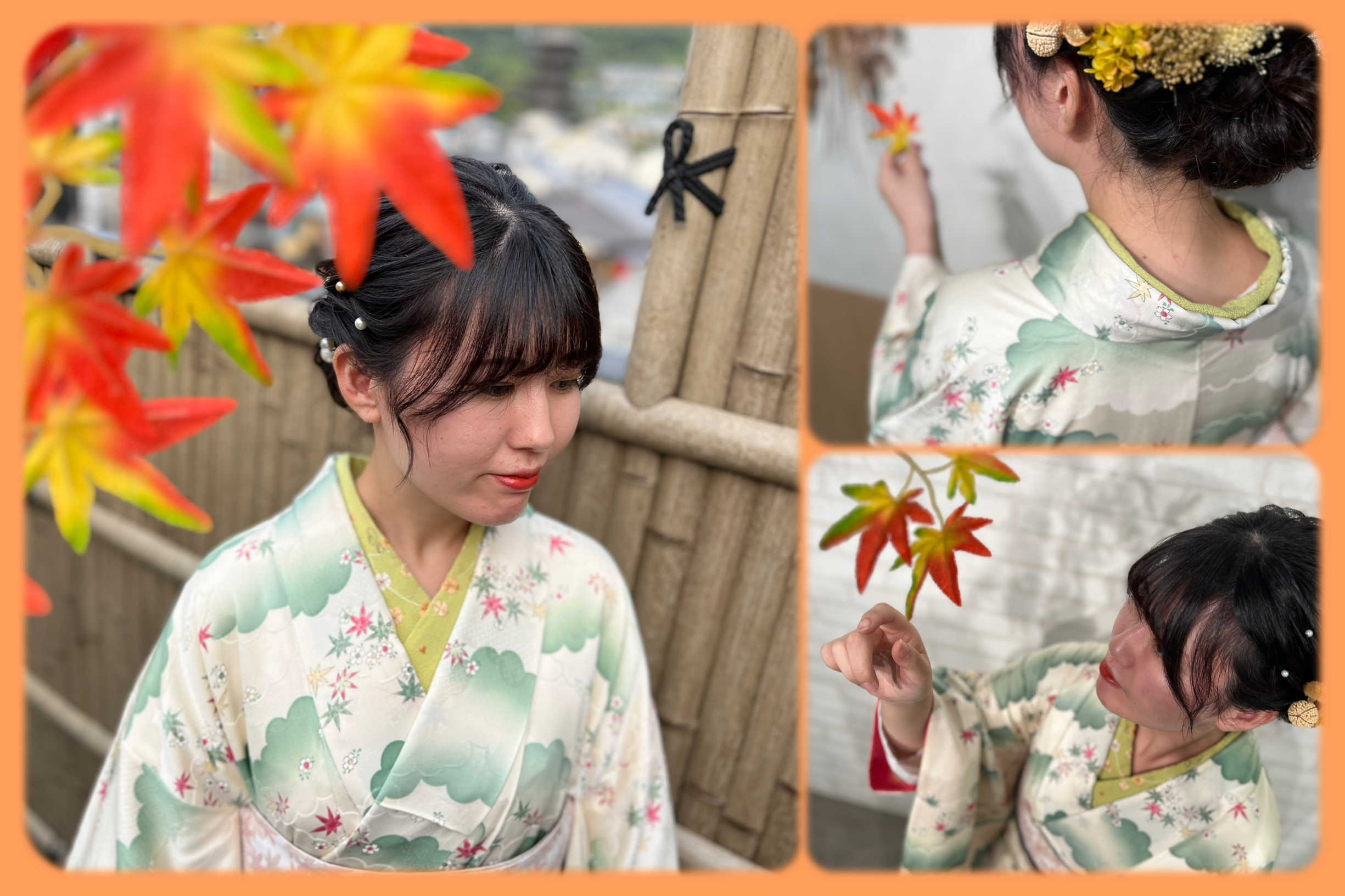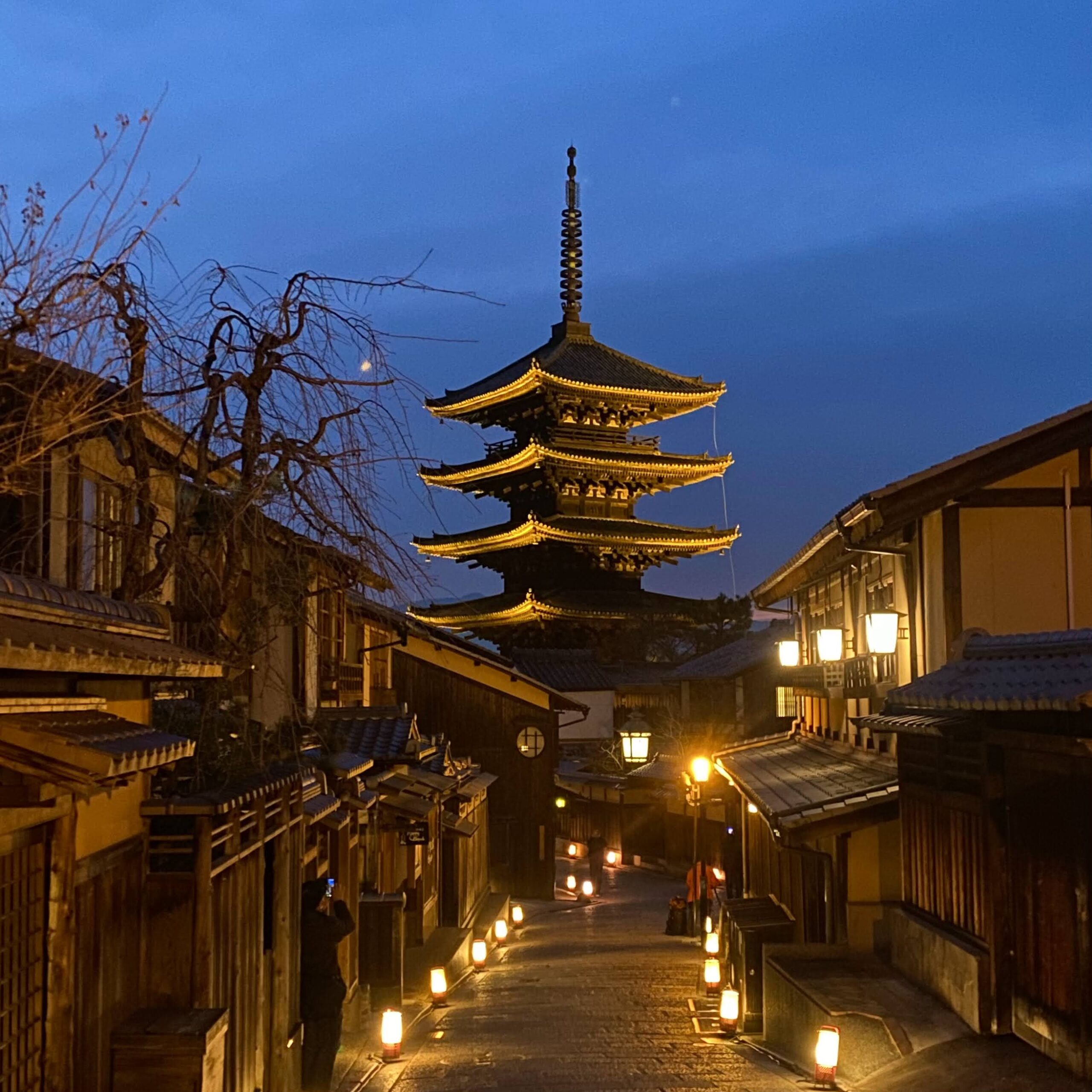
special fearure・column

Tomesode: Japan’s Most Formal Kimono
Formal Attire for Celebrations
There are two types of tomesode (formal kimono): kurotomesode (black tomesode) and irotomesode (colored tomesode).
Kurotomesode
【The highest formal attire for married women, featuring five family crests on a black kimono with patterns only at the hem.】
Kurotomesode are worn at weddings and receptions by the mother of the bride or groom, the wife of the matchmaker, and married female relatives (within three degrees of kinship).
In 1915 (Taishō 4), an Imperial decree regulated ceremonial attire, and common people soon followed these rules.
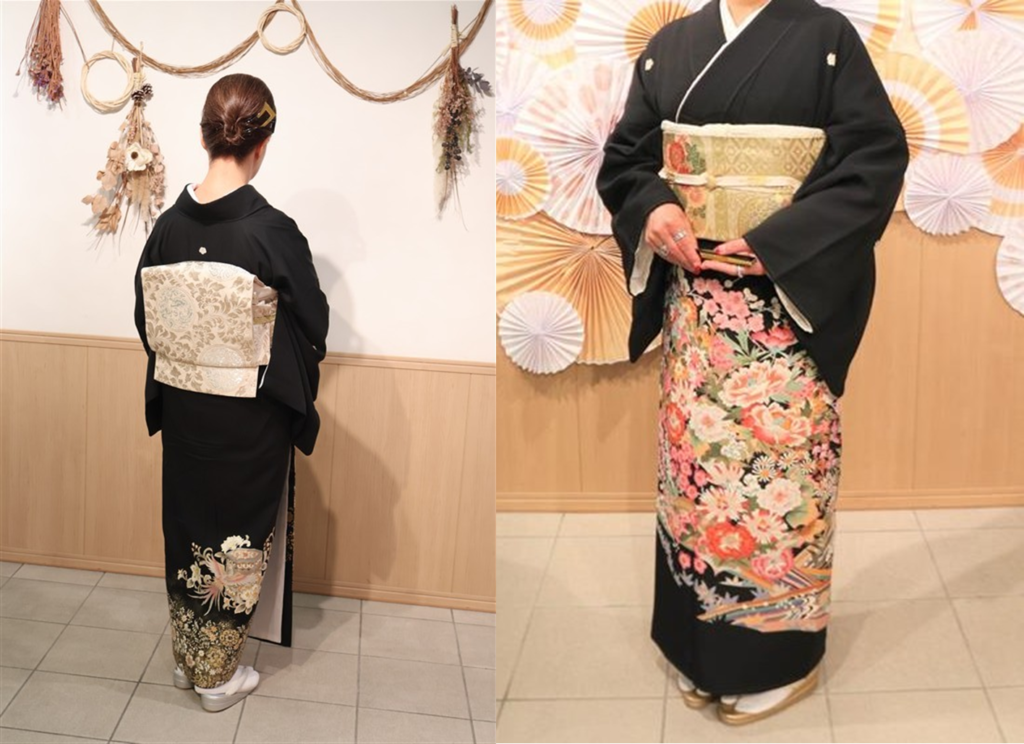
【Characteristics of kurotomesode】
• A black kimono with five crests (itsutsu mon).
• A celebratory kimono with patterns only at the hem.
• Traditionally worn with a white under-kimono (shiro hitoe), but today tailored in the hiyoku-shitate style, where the collar and hem are double-layered for easier dressing.
【Family Crests (Mon)】
The five crests (hinata mon) are placed on the chest (both sides), the back, and both outer sleeves.
Crests are said to have originated in the mid-Heian period. By the Meiji era, with the fall of the samurai government, they became freely used. As formal attire, men wore crested hakama and women wore crested kimono.
Because of their ceremonial significance, the placement, size, and shape of crests were standardized, with highly dignified designs.
Today, there are said to be over 5,000 types, though about 100 are commonly used.
These crests, born of ancestral wisdom, have been passed down through generations.
In addition to a family’s main crest, there are crests used only by women, known as onnamon. These can be seen on rental kimono, with examples including Gosan no kiri (paulownia), ivy, and swallowtail butterfly designs.
【Design Patterns】
The kimono is decorated in the eba style, where the design is drawn across the fabric before sewing, so the motifs align perfectly across seams, creating a continuous picture.
Hem motifs include:
• Auspicious patterns (kissa-mon’yō): pine, bamboo, plum, cranes, turtles, phoenixes, ivy, hollyhock, auspicious clouds.
• Court patterns (yūsoku-mon’yō): motifs related to the Imperial Court and aristocracy, such as lattice designs, clouds, sachihishi (diamond shapes).
• Shōsōin patterns: designs from treasures stored at Tōdai-ji’s Shōsōin repository in Nara, such as floral and plant motifs (karakusa, karahana) and animal motifs like deer, phoenix, and peacock. Some combine flora and fauna.
• Goshodoki patterns: scenes depicting Heian-era imperial gardens, such as court carriages, flowing water, fences, grasses, and flowers.
【Fabrics】
• Pure silk crepe (hitokoshi chirimen), finely woven with a firm texture, usually with a matching hem lining (tomoyatsuke).
• Polyester, which is casual and washable.
Traditionally worn over a white under-kimono, but in modern times, dressing has been simplified.
Obi (sash) worn with kurotomesode
1.Maru obi – the most formal type
o Made from a single wide fabric folded in half with padding.
o Fabrics include gold and silver brocades, karaori, and thick tsuzure weaves.
2.Fukuro obi – currently more common
o Double-layered construction.
o Luxurious fabrics such as brocade (nishiki) and damask (don-su).
o Patterns include classical motifs such as folding fans, Persian-inspired designs, and chayatsuji landscapes.
3.Accessories
• White obiage (sash cover)
• Gold, silver, or white obijime (decorative cord)
• Folding fan with white ribs
• Small handbag
Irotomesode
Irotomesode are formal kimono in colors other than black, considered equivalent in formality to kurotomesode. They may be worn by both married and unmarried women.
In special occasions, such as Imperial banquets or investiture ceremonies, a five-crested irotomesode is considered formal attire instead of kurotomesode.
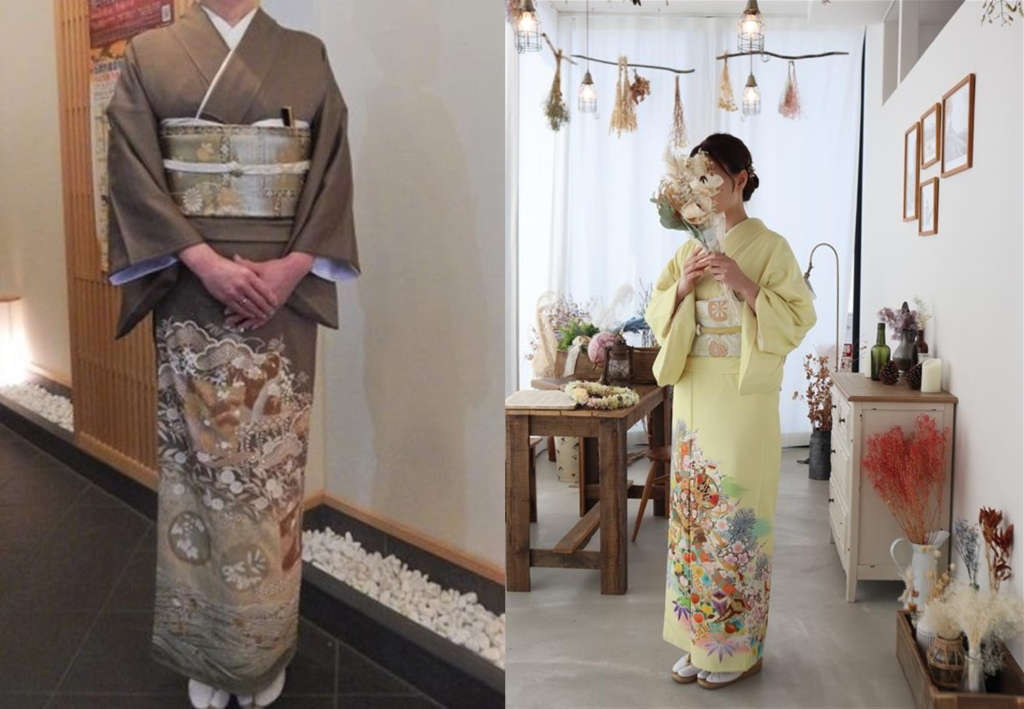
Differences from kurotomesode
Crests
May feature three or one crest, allowing for a wider range of occasions.
Worn not only at weddings but also at celebratory gatherings, tea ceremonies, and parties.
Fabrics
Figured satin (rinzu), glossy damask.
Colors
Soft and elegant shades such as light blue, cream, or pale pink, offering a gentler impression than black.
For family weddings and other celebratory occasions, please consider Rental Kimono Okamoto’s kurotomesode and irotomesode.
We welcome your preview visit and reservations for tomesode rentals.
Author:
Rental Kimono Okamoto – Arashiyama Store
48-4 Sagatenryuji Kitatsukurimichi-cho, Ukyo-ku, Kyoto 616-8374
TEL: 075-950-0805
Website: www.okamoto-kimono.com
Instagram: @rentalkimonookamoto
TikTok: @rentalkimono_okamoto
Facebook: Rental Kimono Okamoto
X (formerly Twitter): @okamotokimono
Lit.link: lit.link/rentalkimonookamoto
Arashiyama Shop
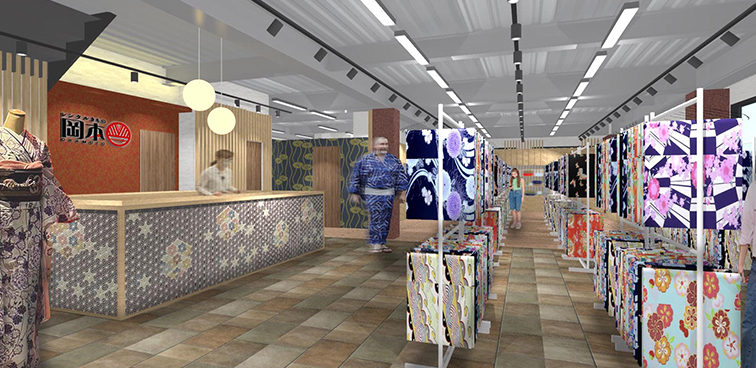
48-4 Saga Tenryuji Kitatsukurimichicho, Ukyo-ku, Kyoto 616-8374, Japan
Phone: +81-75-950-0805 / Fax: +81-75-950-0806 / E-mail: arashiyama@okamoto-kimono.com
Nearest Station: Arashiyama (Randen Line) / JR Saga-Arashiyama Station
Rental Kimono Okamoto - Fushimi Inari shop
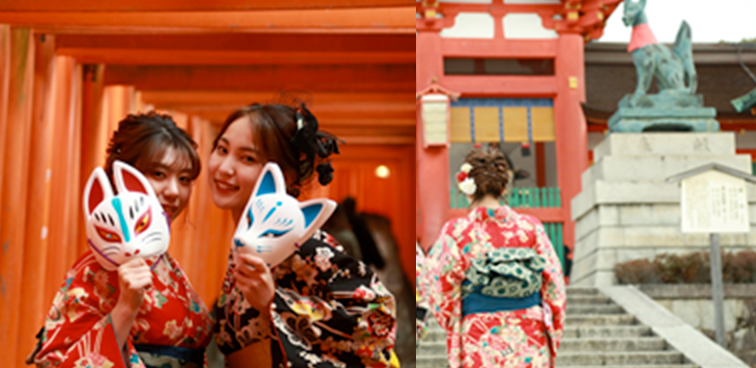
45-1, Fukakusa Inarinakanocho, Kyoto Shi Fushimi Ku, Kyoto Fu, 612-0807, Japan
Tel. +81-75-634-8900 / FAX +81-75-634-8901 / E-mail E-mail fushimiinari@okamoto-kimono.com
Nearest Station: JR Inari Station / Keihan Fushimi Inari Station
Rental Kimono Okamoto Gion Shop
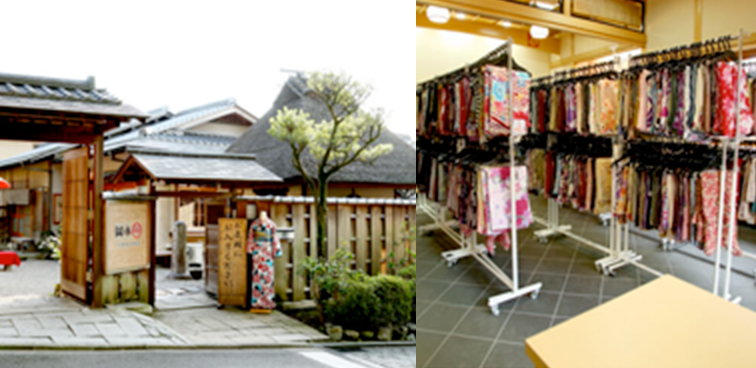
523 Washiocho, Higashiyama-ku, Kyoto 605-0072
Tel. +81-75-531-7890 / FAX +81-75-531-8383 / E-mail gion@okamoto-kimono.com
Nearest stop: City Bus Gion Stop
Rental Kimono Okamoto Kiyomizu Higashiyama Shop
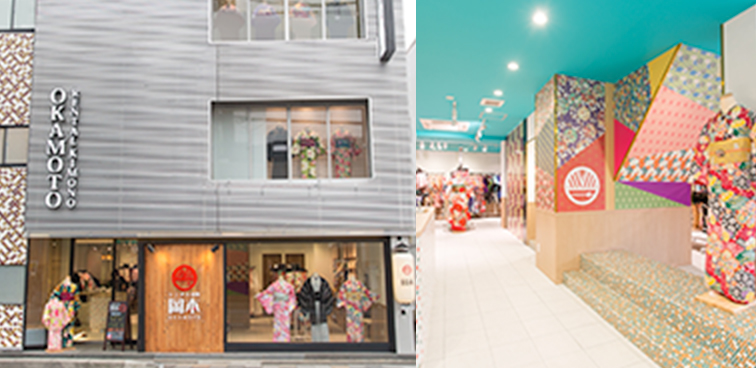
110-9 Tatsumicho, Higashiyama-ku, Kyoto 605-0855
Tel. +81-75-533-8900 / FAX +81-75-533-8910 / E-mail kiyomizuhigasiyama@okamoto-kimono.com
Nearest stop: City Bus Kiyomizumichi stop
Rental Kimono Okamoto Kiyomizu Shop
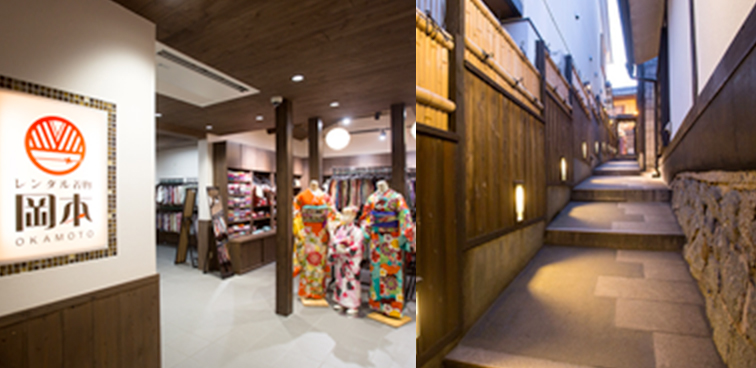
2-237-1-1 Kiyomizu, Higashiyama-ku, Kyoto 605-0862
Tel. +81-75-525-7115 / FAX +81-75-533-8960 / E-mail kiyomizuzaka@okamoto-kimono.com
Nearest stop: City Bus Kiyomizumichi stop
Rental Kimono Okamoto Main Shop
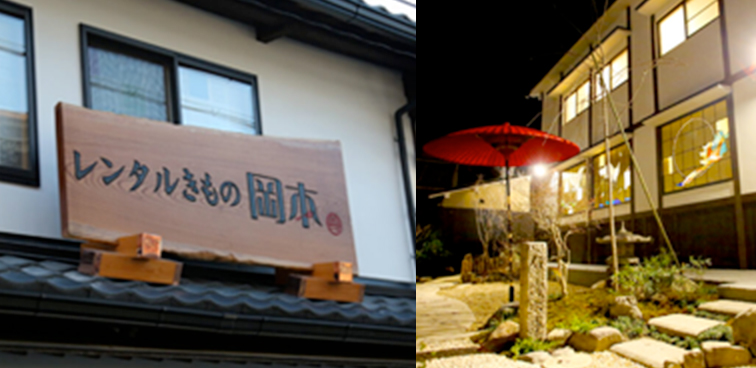
6-546-8 Gojohashihigashi, Kyoto Higashiyama-ku, Kyoto 605-0846
Tel. +81-75-532-1320 /Fax +81-75-532-1480 / E-mail honten@okamoto-kimono.com
Nearest stop: City Bus Gojozaka Stop
Rental Kimono Okamoto Yasaka Jinja Shop
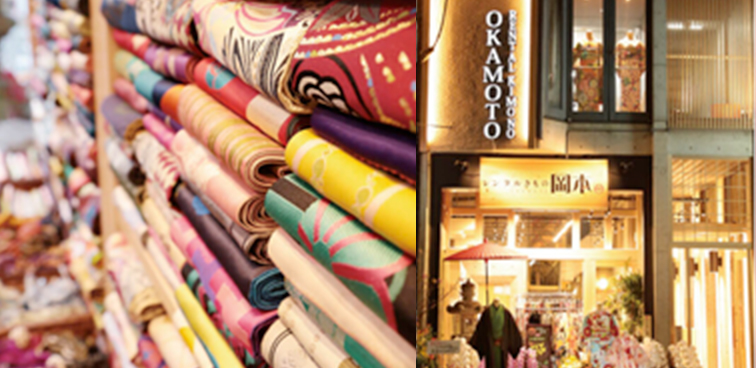
301-1 Gioncho, Higashiyama-ku, Kyoto 605-0073
Tel. +81-75-532-0510 / FAX +81-75-532-0511 / E-mail yasakajinja@okamoto-kimono.com
Nearest stop: City Bus Gion Stop
You can read a feature story about our store, Kyoto and kimono.
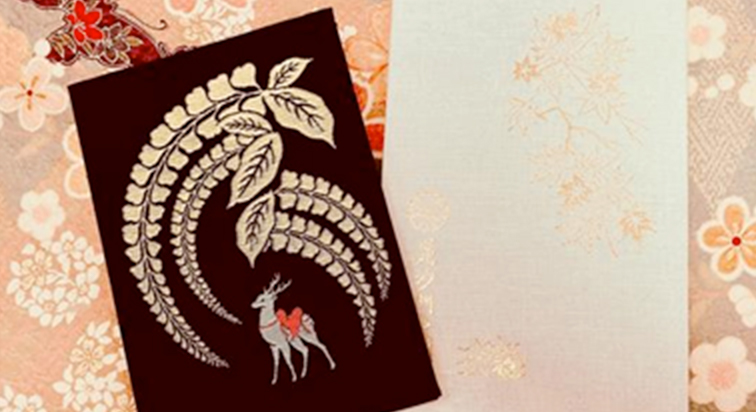
We are introducing various information on proper way of choosing kimono and others to match. Also you can access to our articles about regional, sightseeing information of Kyoto you can refert to before travelling to Kyoto.
You can read our own articles about formal kimono.

We are introducing formal kimono for special occasions such as wedding, coming of age ceremony, and graduation. You may learn how to choose kimono and how you can look smart in it. Please take a look if you want to become more familiar with kimono as a formal wear.
















